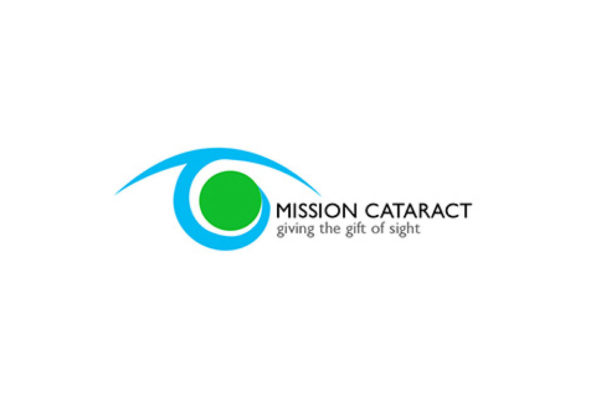Cataracts are opacifications in the lens of the eye, which sits directly behind our iris (the colored part of our eye). The lens is the structure that contracts and expands to help us focus far away and up close. Cataracts usually develop slowly over a matter of years, but some forms can develop more quickly than others. There are several forms of cataracts that can form. They are as follows:
Nuclear sclerosis (NS): yellowing and eventual browning of the innermost portion or “nucleus” of the lens1, 4
Cortical cataract: wedge-shaped opacities that start at the edge of the lens and eventually move inward
Subcapsular cataract: occurs towards the front or back of the lens in the visual axis, usually forms more quickly than other types of cataracts1
Congenital cataract (usually polar cataracts): central white opacities, can be genetic; removed as early as possible if affecting vision to prevent amblyopia (cataract can obstruct proper vision development and lead to permanent decreased vision depending on severity)5
Diabetic/”snowflake” cataract: appears as white opacitie,; occurs with uncontrolled blood sugar levels6
Traumatic cataract: occur as a result of injury, chemical burn, or radiation exposure; can develop quickly5
Polychromatic/“Christmas tree” cataract: pointed and reflective opacities of the lens, associated with myotonic dystrophy (muscular dystrophy that affects both muscles and organs)2, 3

